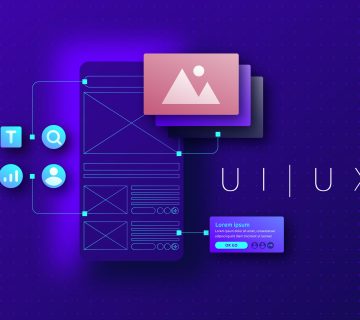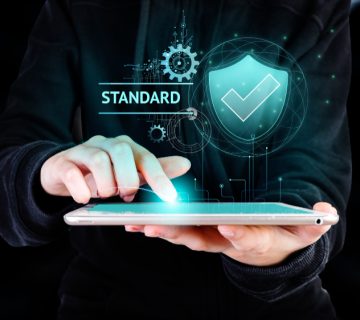Introduction
A modern IT strategy aligns technology investments with business goals, reduces risk, and accelerates growth. Use this checklist to audit your roadmap across vision, architecture, security, data, delivery, and value measurement.
1) Business Alignment & Governance
- Documented Vision: Clear 12–24 month technology north star tied to revenue, cost, and customer KPIs.
- Prioritized Portfolio: Intake process, scoring model, and quarterly planning cadences.
- Governance: Steering committee, RACI for decisions, and measurable success criteria.
- Financial Management: CapEx/OpEx mix, chargeback/showback, and unit economics.
2) Target Architecture & Platforms
- Reference Architecture: Standardized patterns for web, mobile, data, and integration.
- Cloud Strategy: Clear stance on hybrid/multi-cloud, landing zones, and cost controls.
- API-First: Versioned, documented APIs with gateways, rate limits, and observability.
- Dev Platform: Golden paths, internal developer platform (IDP), and self-service scaffolding.
3) Security by Design
- Zero Trust: MFA/passkeys, conditional access, device posture, least privilege.
- Secure SDLC: SAST/DAST/IAST, secrets management, dependency scanning (SBOM).
- Data Protection: Classification, encryption, DLP across endpoints/email/cloud.
- Resilience: 3-2-1 immutable backups, RTO/RPO defined, DR runbooks tested.
- Compliance: Mapped controls (ISO 27001, SOC 2, GDPR) with automated evidence.
4) Data, AI & Analytics
- Single Source of Truth: Lakehouse/warehouse with governed schemas and lineage.
- Operational Analytics: Near real-time pipelines, event streaming, and CDC.
- AI Readiness: Feature store, model registry, MLOps (monitoring, drift, retraining).
- Responsible AI: Policies on bias, explainability, privacy, and human oversight.
5) Delivery Excellence
- Ways of Working: Product-led teams, OKRs, dual-track discovery, agile ceremonies.
- CI/CD: Trunk-based development, automated tests, progressive delivery (canary/blue-green).
- Quality Engineering: Shift-left testing, contract tests for APIs, performance & chaos tests.
- Observability: Centralized logs, metrics, traces; SLOs with error budgets.
6) Infrastructure & Reliability
- Containerization: Kubernetes or serverless where it fits; standardized runtime policies.
- Cost & Capacity: Rightsizing, autoscaling, FinOps guardrails, and budget alerts.
- Network & Edge: CDN, WAF, and private connectivity for sensitive workloads.
- End-User Compute: MDM/UEM, secure BYOD, and app virtualization as needed.
7) Integration & Interoperability
- Event-Driven: Asynchronous messaging for decoupled services.
- Master/Golden Records: MDM strategy to avoid siloed, conflicting data.
- Partner & SaaS: Standard contracts, SCIM/SAML/OAuth, and vendor risk reviews.
8) Talent, Culture & Change
- Skills Matrix: Gap analysis and learning plans (cloud, security, data, UX).
- Engineering Culture: Docs-as-code, peer reviews, blameless postmortems.
- Change Management: Communication plans, training, and adoption metrics.
9) Customer & Product Focus
- Discovery: Continuous user research, usability testing, and journey analytics.
- Prioritization: Value vs. effort framing, guardrail metrics, and hypothesis backlogs.
- Accessibility: WCAG 2.2 compliance baked into definition of done.
10) Measurement & Continuous Improvement
- Business KPIs: Revenue, retention, NPS, CAC/LTV, cost-to-serve.
- Engineering KPIs: DORA metrics (lead time, deployment frequency, MTTR, change fail rate).
- Security KPIs: Patch SLAs, MTTD/MTTR, phishing fail rate, incident count/severity.
- FinOps KPIs: Unit cost per transaction/user, waste %, forecast accuracy.
Quarterly IT Strategy Review Template
- Wins & Learnings: What shipped, what moved KPIs, what we learned.
- Risk & Debt: Top security, reliability, or architectural risks; debt paydown plan.
- Roadmap Adjustments: Reprioritize based on impact and capacity.
- Investment Cases: Business justification for next-quarter bets.
Conclusion
A resilient IT strategy is intentional, measurable, and iterative. Use this checklist to align teams, reduce waste, and deliver reliable, secure, and customer-centered technology—at the speed the business demands.



